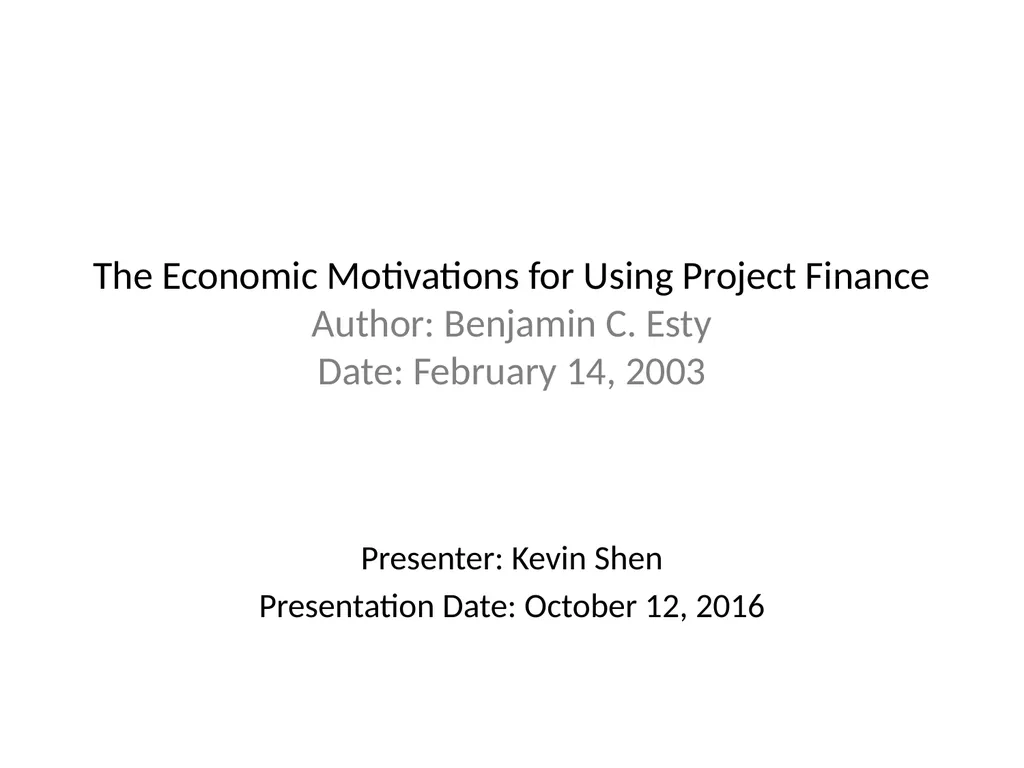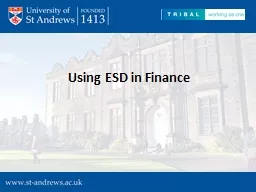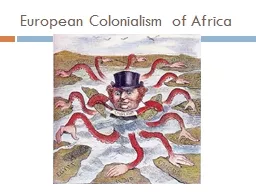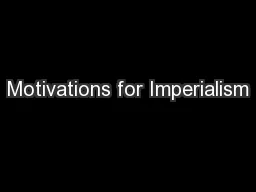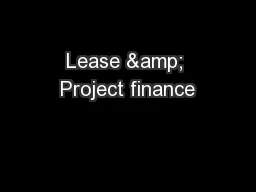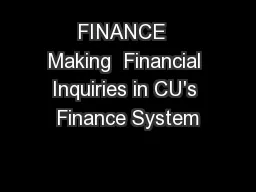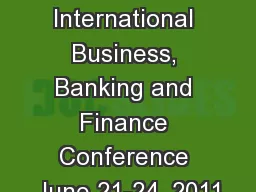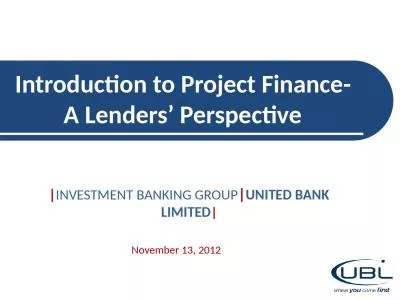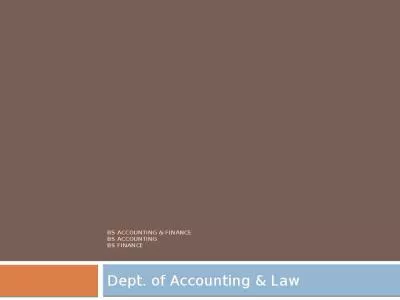The Economic Motivations for Using Project Finance
Author : pasty-toler | Published Date : 2025-06-27
Description: The Economic Motivations for Using Project Finance Author Benjamin C Esty Date February 14 2003 Presenter Kevin Shen Presentation Date October 12 2016 Agenda Modigliani and Mills Proposition Project Finance Analysis of Economic
Presentation Embed Code
Download Presentation
Download
Presentation The PPT/PDF document
"The Economic Motivations for Using Project Finance" is the property of its rightful owner.
Permission is granted to download and print the materials on this website for personal, non-commercial use only,
and to display it on your personal computer provided you do not modify the materials and that you retain all
copyright notices contained in the materials. By downloading content from our website, you accept the terms of
this agreement.
Transcript:The Economic Motivations for Using Project Finance:
The Economic Motivations for Using Project Finance Author: Benjamin C. Esty Date: February 14, 2003 Presenter: Kevin Shen Presentation Date: October 12, 2016 Agenda Modigliani and Mill’s Proposition Project Finance Analysis of Economic Motivations Agency cost: ownership and control Under-investment: debt overhang Under-investment: incremental distress costs Author Conclusion My Opinion Modigliani and Mill’s Proposition Capital-Structure Irrelevance In a perfect market with no frictions, firm value is solely determined by its earning power and by the risk of its underlying assets, independent of its financing choices Assumptions: No taxes (corporate, personal) No transaction costs No bankruptcy costs No agency costs (ownership/control, debt/shareholders) Information symmetry Project Finance Financing Product One of the most important financing vehicles for investments in the natural resources and infrastructure sectors such as power plants, pipelines, toll roads, airports, rail roads, and telecommunications systems Project Finance Market Size Comparison Source: paper, data as of 2001 Project Finance Project Structure Components Organizational Structure: legally independent from the sponsors; secured debt, a corporate obligation, does not Capital Structure: very high leverage (~70%) compared to public corporations (~30%) Ownership Structure: highly concentrated debt (~1-4 bank loan syndicates) and equity ownership (~1-3 sponsors) structures; bank debt is non-recourse Contractual Structure: many parties (~10-1000+) involved in a vertical chain; four major project contracts are Equipment, EPC, O&M, and Purchase Agreement Project Finance Typical Project Structure Project Finance Costs & Benefits of Project Finance Timing: 6-18 months more Costs: significant transaction costs (~3-5%), Klein, So, and Shin (1996) Spreads: 50-400 bps more (no cross-collateralization on cash flows and assets), Lewellen (1997) Deadweight costs (DWC): transaction, agency, distress, information, taxes, etc. Framework of analysis is created below based on Myers’ (1974) adjusted present value (APV) methodology: Investment value = (project value) – (project DWC) – (incremental firm DWC) Project Finance Motivation 1: Ownership/Control No mergers and acquisitions, takeover, or liquidation market Project company equity is privately held by the sponsors Projects generally have construction period and limited lives (not worth much, and decreasing net asset value) Remark: when opportunity for incentive conflicts exists, it might be worth the transaction costs to minimize agency costs “Cash Flow Waterfall” limits managerial discretion Waterfall prioritizes claims on cash flows Eliminates conflicts between debtholders and equityholders regarding distribution and re-investment of cash flows and restructuring in distressed situations Remark: simplifies the situation of legal proceedings when project goes under water compared to fighting internally at the sponsor level Project
